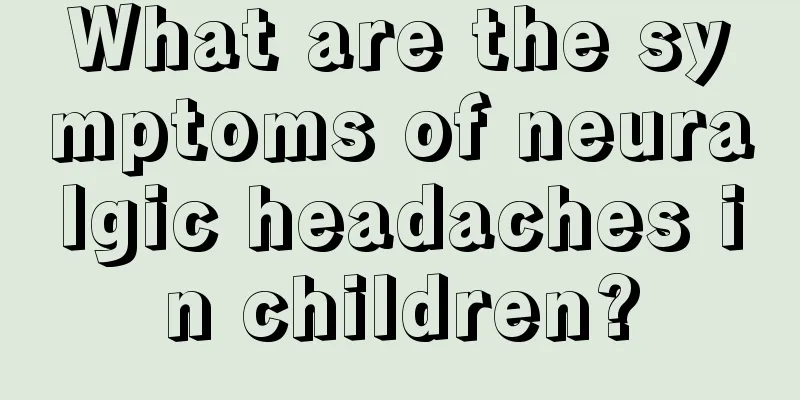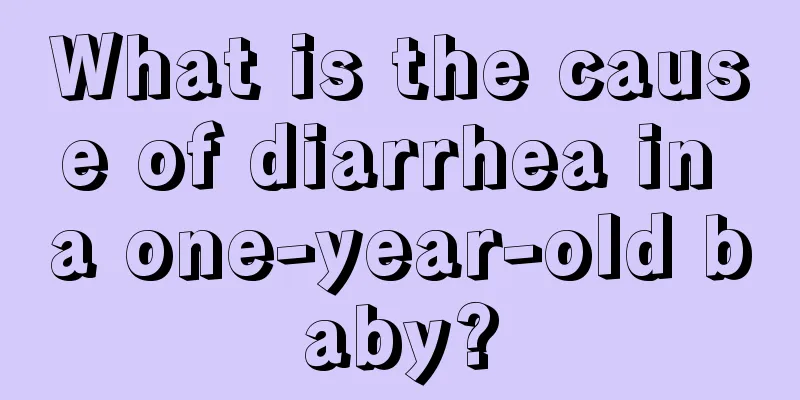When does the ductus arteriosus close in children?

|
Every move of the children concerns the parents, who are afraid that their children cannot grow up healthily. Every parent has the same wish, which is to hope that their children can be healthy and happy. However, there are some diseases that we are powerless to treat and can only actively treat. Many parents are concerned about when the ductus arteriosus in children will close. 1. The symptoms of patent ductus arteriosus depend on the thickness of the ductus, the amount of shunt flow, the level of pulmonary vascular resistance, the patient's age, and the associated cardiac malformations. Although the ductus of full-term infants is enlarged, symptoms will not appear until 6-8 weeks after birth, when the pulmonary vascular resistance decreases. Because premature infants have less smooth muscle in their pulmonary arterioles, vascular resistance decreases earlier, so they may have symptoms in the first week, often with shortness of breath, tachycardia, and acute breathing difficulties. It is more obvious during breastfeeding, and the baby is more susceptible to colds, upper respiratory tract infections, pneumonia, etc. After that, the disease is compensated in childhood and there are few subjective symptoms, except for poor development and small stature. 2. Some children tend to feel tired and have palpitations only after exertion. Patients with a patent ductus of medium size are generally asymptomatic until they are in their 20s and develop symptoms of cardiac decompensation such as shortness of breath and palpitations after strenuous activity. Although pulmonary hypertension may occur in children under 2 years old, obvious symptoms of pulmonary hypertension usually occur at an older age, such as dizziness, shortness of breath, and hemoptysis. Cyanosis after activity (mostly obvious in the lower body). If complicated by subacute endocarditis, there will be systemic symptoms such as fever, loss of appetite, sweating, etc. Endocarditis rarely occurs in childhood but is more common in adolescence. Failure of the ductus arteriosus to close in children will affect their healthy growth. Some things will close slowly, but some cannot close. Knowing when the ductus arteriosus will close in children can help children better understand their condition. Children should always pay attention to their health and hope that they can grow up healthily. |
<<: How to perform cardiac compression in children
>>: What should I do if a boy's hair is falling out?
Recommend
100-day-old baby development indicators
I don’t know if you are aware of the developmenta...
What to do if your child keeps having a cold and cough
If a child’s cold and cough don’t get better, par...
How to treat bloody stools in children?
Many children have problems with their bowel move...
What are the effects of general anesthesia in children?
We all know that when we need to perform some sur...
How to deal with children’s fever and chills?
What parents are most worried about is their chil...
Child sleeping with mouth open
If a child opens his mouth when sleeping, this ba...
What to do if your baby has rhinitis and nasal congestion
Because babies have poor body resistance, it is e...
Can nine-month-old babies eat winter melon?
If a nine-month-old baby has no gastrointestinal ...
How can a child grow taller quickly?
Nowadays, children seem to be shorter in height t...
The baby can't lift his head at two months old
Anyone who has held a newborn baby will know that...
How to grow taller if your child is short?
Sometimes when people look at problems, they alwa...
How can students better supplement their brains?
The competition in society is becoming increasing...
Where should I scrape the child when he has a fever?
Children’s health is an important topic that ever...
What to do if your three-year-old baby has tooth decay?
It is relatively rare for a three-year-old baby t...
Can babies eat apples when they have a cough?
It is very common for babies to cough. There are ...









